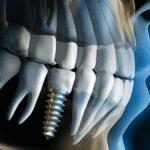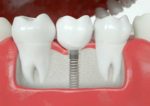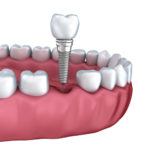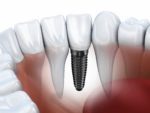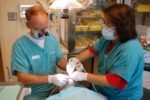Table of Contents
Dental implants provide life-like appearance to the teeth and are long-lasting because they are strong, stable and restore a lost tooth in a way that it looks, feels, fits and functions like a natural tooth. Dental implants play a major role in maintaining the alignment of surrounding teeth thereby enhancing the shape of your face and smile. Today, dental implants are considered a gold standard for tooth replacement. If you are considering missing tooth or teeth replacement, then dental implant surgery is an ideal option. However, before making the decision on the procedure, you should be well informed.

So, here I have put together a guide to help you understand every step of the process.
What is Dental Implant?
Sometimes, the tooth is damaged beyond restoration with reasonable expectations of longevity by modern dentistry, but dental implants can do it and it is the most natural and long-lasting way of replacing teeth. A dental implant is a small, titanium root that is surgically inserted into the jawbone, creating a veritable root foundation for the dental crown, bridge or denture. The root structure is secured to the bone and jaw bone naturally grows around the implant allowing it to become secure. With a dental implant, you have the freedom to eat any food you like.
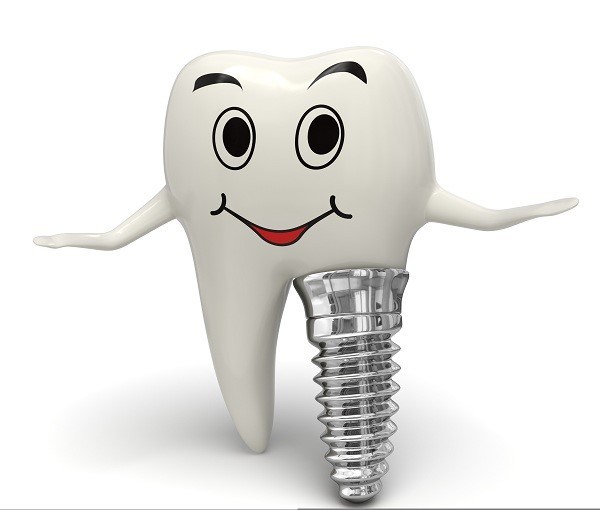
Dental Implant Procedure
You are making a life-changing decision that will renew your self-confidence and enhance the quality of life. With dental implants, you will restore your oral health problems such as failing teeth, bad breath, missing teeth and gum disease. Whether you replace a single tooth, multiple teeth or all of your teeth, the dental implant process is the same. So let us get to know about the process.
There are 3 parts involved in complete dental implant procedure:
- Implant – Implant is made of titanium and placed in the upper or lower jawbone or whichever tooth or teeth need to be replaced.
- Abutment – It is a piece that screws into the implant and provides a surface above the gum line to support the tooth/crown.
- Crown/Prosthesis – It refers to a tooth-like structure that the implant supports. It is usually made of porcelain fused to a metal alloy (PFM). It can also be made of all metal or all porcelain. The crown is either screwed or cemented onto the abutment and covered with a restorative material.
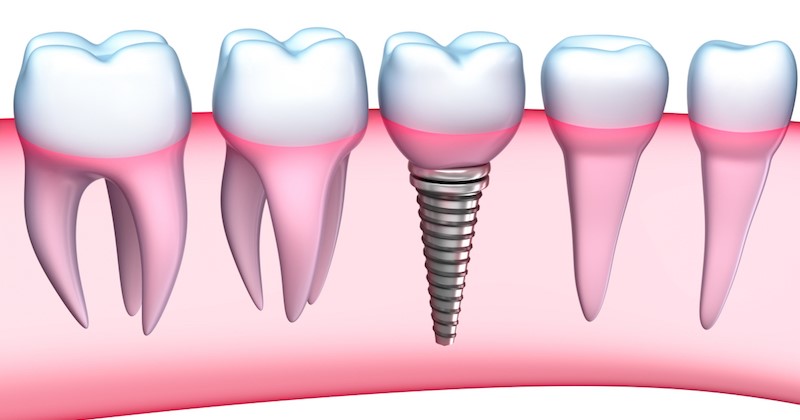
Stages of the Procedure
The procedure involves several stages that take place over a period of time from three months to nine months, the process includes:
- Assessment and Treatment Planning – It is an initial consultation with the dentist where a full discussion of all possible alternatives is done. The dentist will assess the feasibility of the process and the dental technician will take an x-ray and impression to prepare the teeth models. Dental technicians are experts who have done dental technology courses and undergo training prior to preparing various dental prosthetics. They help the dentists successfully achieve dental surgeries and procedures. A written treatment plan will then be formulated providing the sequence of the treatment and the cost involved.
- Implant Placement – It is a simple minor surgical procedure that can be performed under sterile conditions in the dentist’s office. The procedure is done under local anaesthesia with sedation if required. During the assessment, if it is found that the underlying bone is deemed deficient, first bone regeneration is done or at the same time as the implant placement depending on requirement.
- Integration Period – Implants can take from 6 weeks to 6 months to fuse with the patient’s bone. During the integration period, temporary dentures are worn. In few cases, temporary teeth can be fixed to the implants while they integrate into a process known as immediate loading.
- Restorative Phase – Once the integration is complete, the implants can be bought into a function with a variety of options ranging from single crown, small or large bridge or a removal overdenture. A dental technician works closely with dental surgeon constructing these definitive restorations.
- Maintenance – Once the procedure is complete, the patients must clean their teeth with a soft-bristled toothbrush after eating anything. A dental hygienist may also advise on care and maintenance of the restoration and natural teeth. A follow up once in two months with the dentist is essential so that the health of the soft tissue, bone levels and the integrity of the restoration can be reviewed.
So, this is all about the procedure and the process involved. As with the surgery, you might feel a little anxious, but do not worry the dentists have undergone training and have completed their dental courses in Australia and have expertise and experience to take on the surgery without causing any side effects.
Benefits of Dental Implant
Here are few advantages of dental implants in case you are still thinking of the undertaking.
- Maintains jawbone structure
- Restores natural smile
- Restores self-esteem and renews self-confidence
- Enhances overall quality of life
- Eliminate health issues and
- Enhances your ability to chew and enjoy your food.
